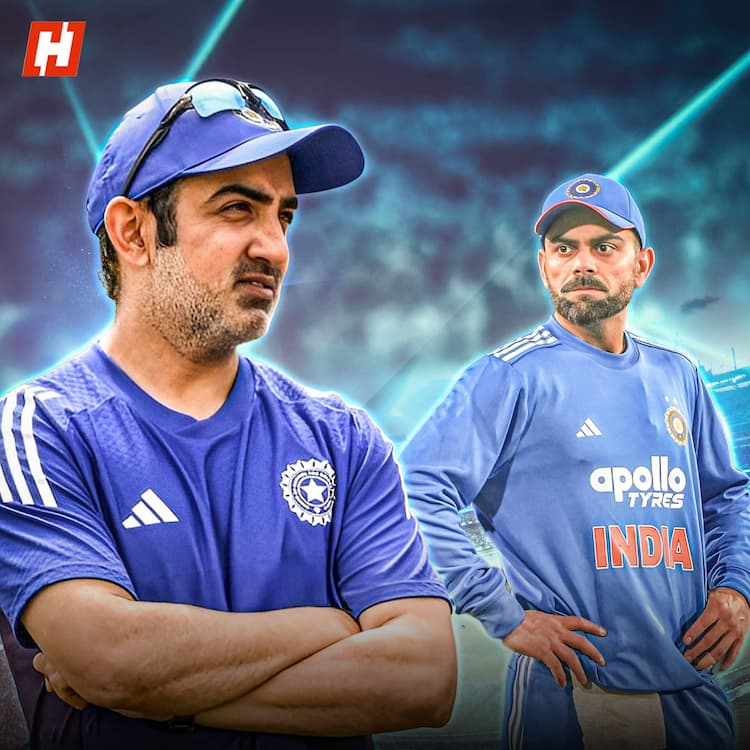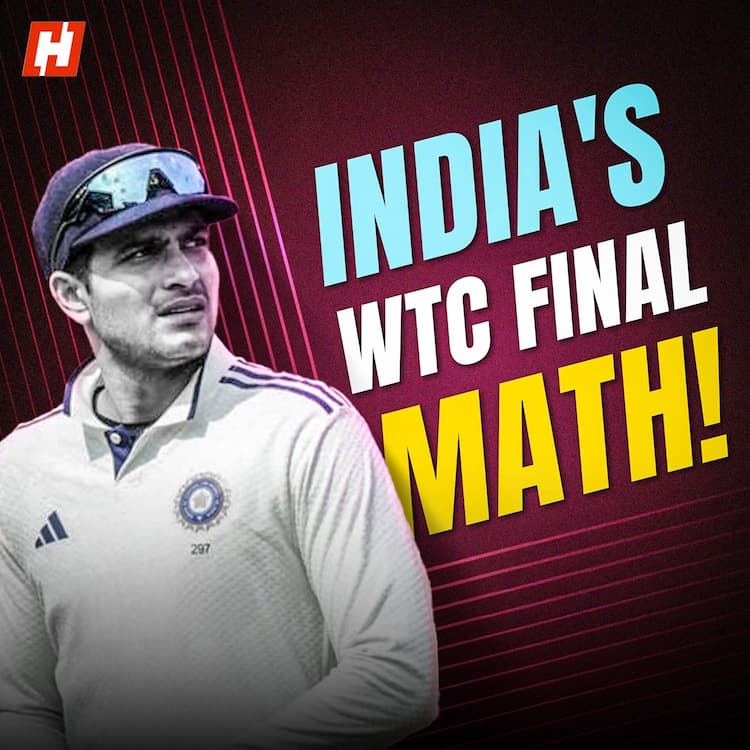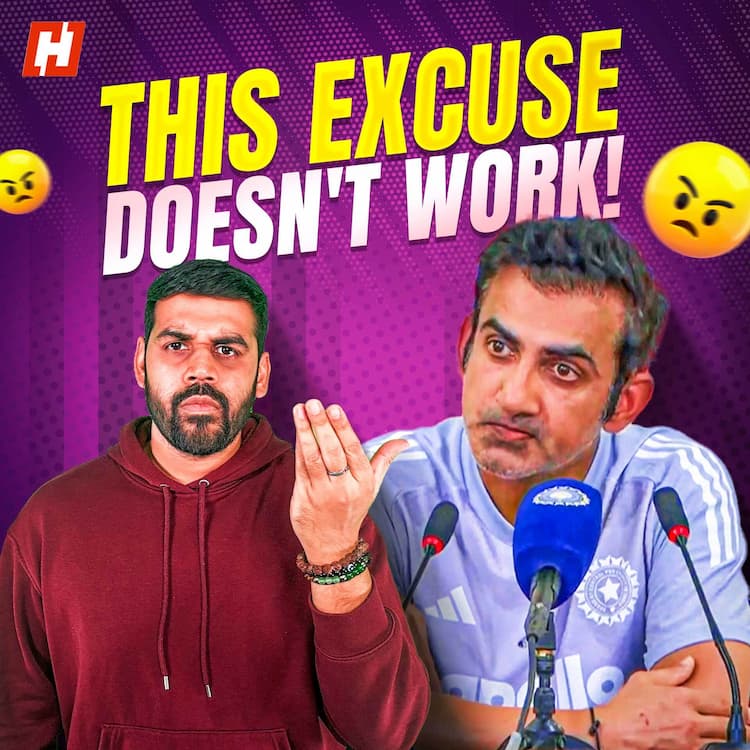An Olympic runner who went ‘missing’ for over half a century
54 years, 8 months, 6 days, 32 minutes and 20.3 seconds. That is how long it took Japan’s Shizo Kanakuri to complete the Olympics marathon. Safe to say nobody has taken longer.
Kanakuri was the first athlete from his country to take part in the flagship event at the Olympics: the marathon. In Japan, he is also known as ‘The Father of the Marathon’. Kanakuri had made an 18-day trip to Sweden, travelling by ship and the Trans-Siberian Railway to participate in the 1912 Stockholm Olympics. The marathon was scheduled for Sunday, July 14, which is said to have been a scorching hot day in Stockholm.
After running two-thirds of the distance, overcome by heat and fatigue, Kanakuri sought refuge at a nearby household. The kind farmer who answered not only welcomed him in but also invited him to stay for supper. Kanakuri accepted the invitation, had his meal, and then dozed off. Hours later, when he woke up and realized he had missed returning to the race, he felt that he had let his country down. Ashamed of his actions, he immediately set off on a journey back home without even informing the organizers. The Swedish organizers would list him as missing for decades.
A race that concluded a lifetime later
Decades later in 1967, Sweden’s Olympics team finally tracked Kanakuri down in Japan and invited him to “complete the race” in a televised event. The then 76-year-old Kanakuri readily accepted the invitation. Kankuri ran a few meters to the exact spot where the finish line was in 1912. The announcer declared that he had taken 54 years, 8 months, 6 days, 32 minutes and 20.3 seconds to finish his race.
“It was quite a long race. Along the way, I got married, had six children, and ten grandchildren” joked Kanakuri. Kanakuri’s feat also finds a mention in the Guinness Book of World Records as the “Longest time to complete a marathon”. However, the official Olympics records still state “DNF” (did not finish) against his name.
*This article has been curated by Hook. All claims and opinions expressed belong to the original author. Hook does not verify or endorse the information presented and is not responsible for its accuracy.*






